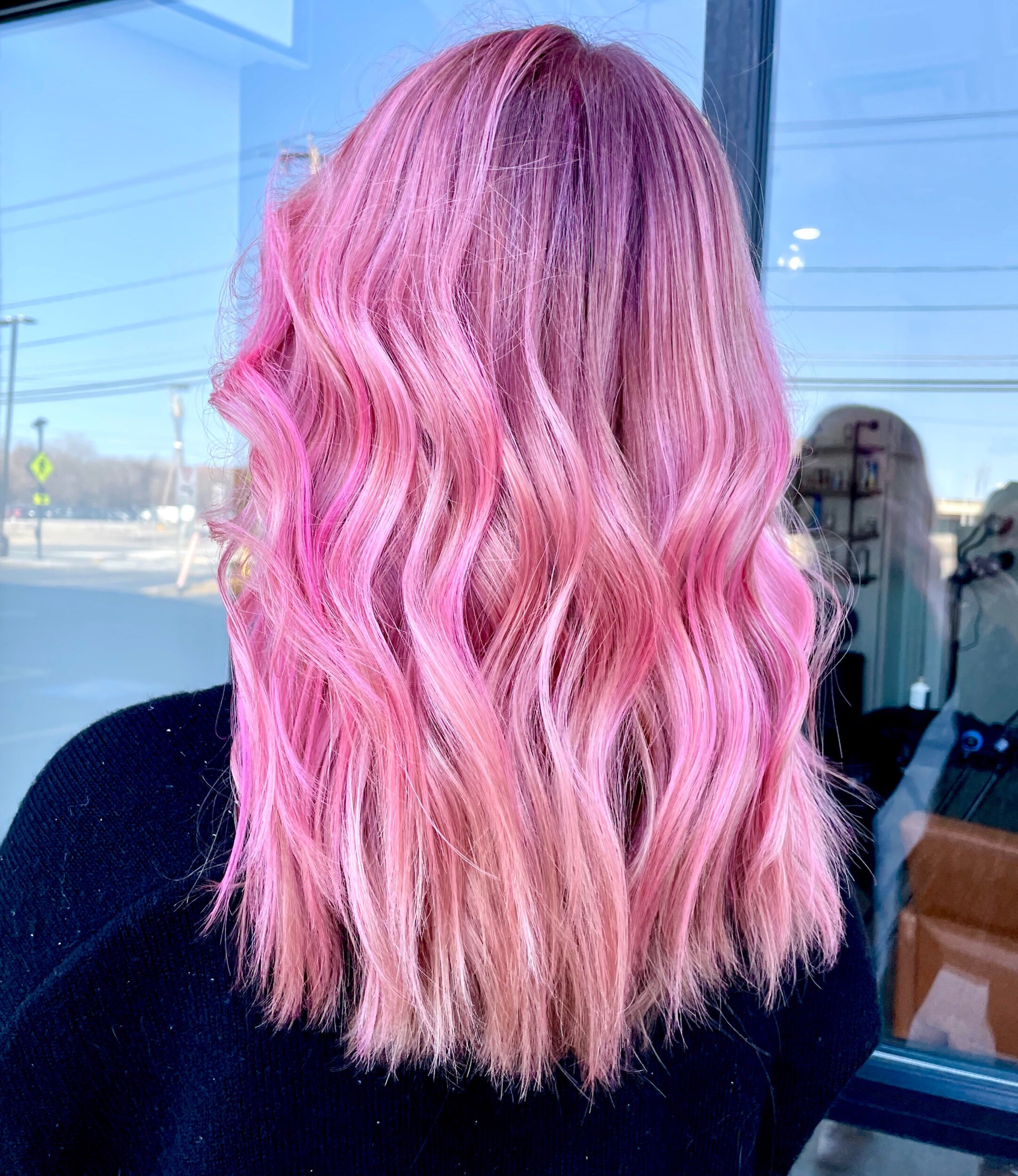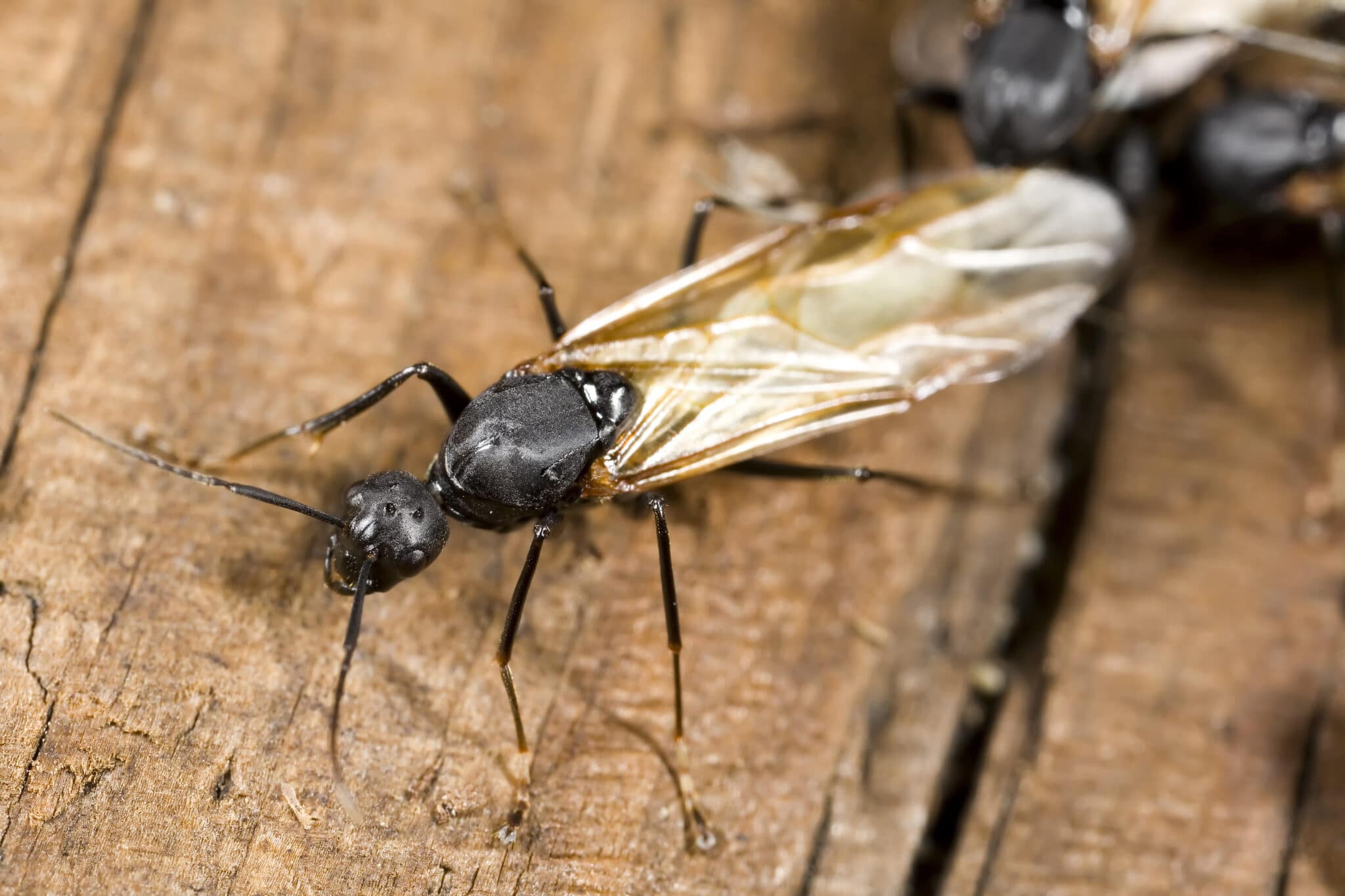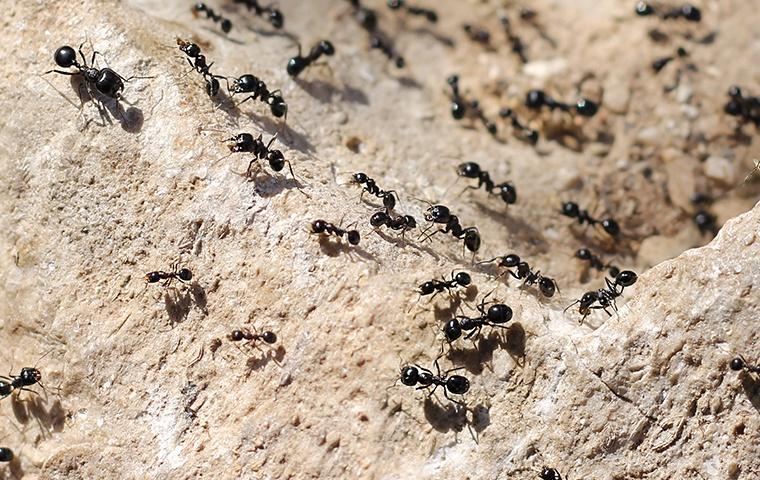Table Of Content

In cases of razor bumps, the primary goal of treatment is to reduce the surrounding inflammation and decrease your risk of infection. Whether you shave, wax, or tweeze, removing hair isn’t always trouble-free. The process can cause swelling, irritating your skin, and leading to razor bumps and cysts. It can develop into a swollen, painful spot with a white or yellow pus-filled tip. Boils tend to get large — some might get as big as two inches or more.

How are ingrown hairs treated?
Ingrown hair cysts commonly form on the parts of the body that people shave, such as the armpits. Razor bumps from shaving (pseudofolliculitis barbae) are a type of ingrown hair cyst. The acidic property of raw apple cider vinegar (ACV) is a useful natural ingredient to treat the signs of an infected ingrown hair. The infection-busting effect of ACV can help get rid of bacteria from infected hair follicles and speed up the healing process.
How are vaginal boils diagnosed?
Antibiotics from your healthcare provider may help speed up the healing process. Applying a warm compress several times a day to the area is the best way to get rid of a vaginal boil. Remember, if you have a deep ingrown hair that just isn't going away, see your dermatologist. In some cases, they might use laser hair removal to remove your ingrown hair.
Ingrown hair
It’s a strand of hair that grows back into your skin after shaving, tweezing or waxing. Ingrown hairs can affect anyone, but they’re easy to treat and prevent with the right hair removal practices. If a person has concerns about ingrown hairs, or if they experience symptoms of an infection, it is best to contact a doctor for advice. The doctor may recommend antibiotics or other treatments. And remember, ingrown pubic hairs aren't happening on a tough-as-nails part of the body, but a sensitive — and intimate — one, and how you treat this skin should reflect that.
Ingrown hair cysts happen when a hair follicle gets blocked, and the hair grows into your skin instead of out. You should never pop an ingrown hair cyst because it can cause infection and scarring. The cysts may go away on their own, but if they hurt, look red, or ooze pus, see a healthcare provider for treatment. A vaginal boil is a pus-filled bump that develops when a hair follicle becomes infected. Boils can occur outside of the vagina on the labia, vulva or pubic area.
17 Best Ingrown Hair Treatments (Tested & Reviewed for 2024) - Cosmopolitan
17 Best Ingrown Hair Treatments (Tested & Reviewed for .
Posted: Tue, 23 May 2023 07:00:00 GMT [source]
How to identify and treat an ingrown pubic hair cyst
Hair removal methods that don’t require shaving are less likely to result in ingrown hairs, but they don’t necessarily get rid of the problem entirely. If you’re prone to getting ingrown hairs, you may still be at mild risk even with some of these methods. Laser hair removal is a good way to get rid of ingrown hair because it destroys the underlying hair follicle. Prescription acne medications might be needed if OTC methods don’t work. For example, a healthcare professional may prescribe a steroid cream such as hydrocortisone to help reduce redness and pain around your bump or cyst. Razor bumps are most common in Black cisgender males and those of Asian descent, as well as people who shave.

According to Dr. Robinson, a good exfoliating cleanser will loosen the hair before you start to remove it, decreasing the chances that hair will become trapped inside the skin. "This cleanser by Gillette Venus gently exfoliates to remove dead skin and oils," she says. It’s not a good idea to pop or squeeze an ingrown hair cyst, as you can introduce bacteria that can cause an infection.
Most vaginal boils resolve on their own with at-home treatment but in some cases, medical treatment from a health provider is needed. A vaginal boil (also called a furuncle or skin abscess) is a painful, pus-filled bump that develops under the skin in your pubic area. It usually happens when the bacteria Staphylococcus aureus (commonly called staph) infects the sacs that contain the roots of your hair and oil glands (hair follicles). When a hair follicle becomes infected it is called folliculitis. A vaginal boil can also develop from a cut in the skin from shaving with a razor or other injury to the area.
How do you get rid of a vaginal boil fast?
Technology in this area has come a long way, and doctors today have access to lasers that can treat all skin types. "It is highly effective and less painful, and most importantly safe on darker skin tones, which is ever so important in our changing demographics in the U.S.," Palm says. Deep ingrown hairs frequently arise when a hair has been removed and then starts growing back and curves into the skin.
A doctor will examine the area and may prescribe an antibiotic ointment. For severe infections, they may recommend oral antibiotics. Read on to learn more about how to get rid of ingrown hair, as well as some tips for prevention. You also want to call a doctor if the bump is large, painful and contains pus, which is another indication of infection. "Pus is your body's way of getting rid of an infection," she explains. Ingrown hairs are common, but they don't have to happen to you.
As well as being antimicrobial, both essential oils also have soothing anti-inflammatory properties to help reduce inflammation and remove redness from the bump. Ingrown hairs are common among people who shave, especially those with curly hair. The best way to prevent ingrown hairs is to avoid shaving.
If they’re not infected, some ingrown hair cysts can go away on their own. In some cases, there’s another underlying cause, such as a genetic mutation, which means they can develop again. If the pubic cyst is caused by ingrown hair, it may go away on its own, or your doctor can remove it.
If an infection is present, squeezing the bump may worsen it. Never pick or pop an infected ingrown hair, as this also increases the risk of complications. Not all ingrown hairs become infected, and they usually resolve on their own in a few days. For a severe infection, they can prescribe medication to treat it and coax the hair out.












